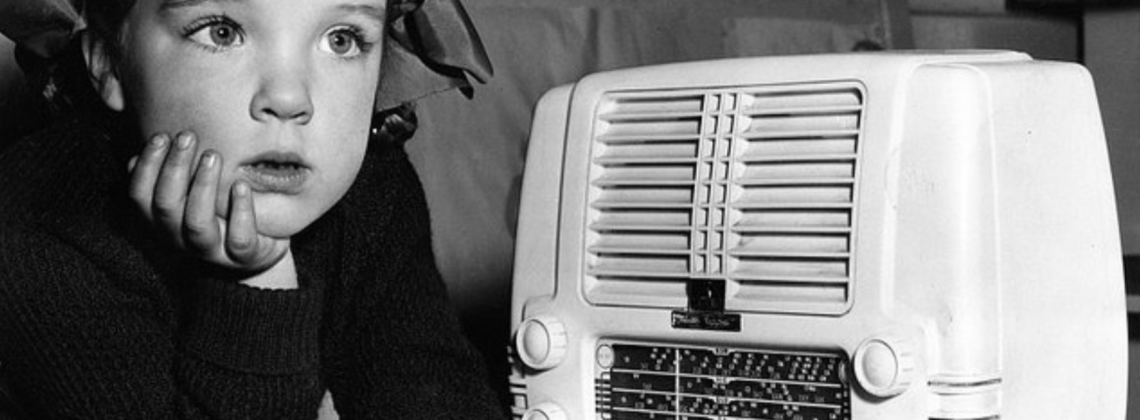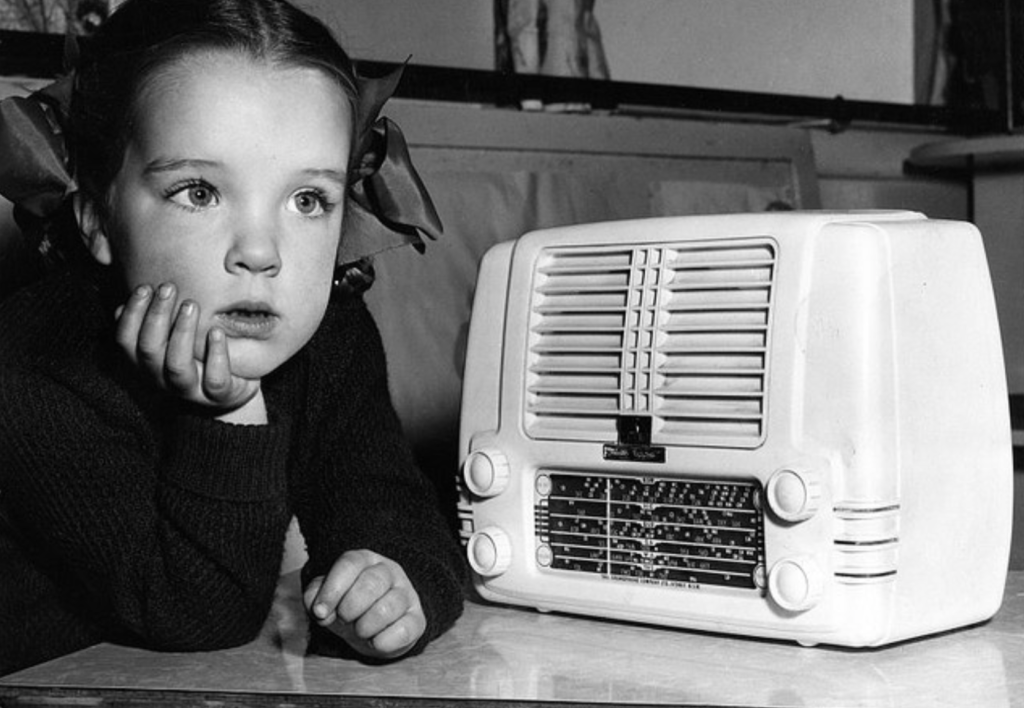

The demise of radio broadcasting reveals big and unpredictable shifts
MTV made its debut on August 1, 1981 by making an audacious statement: Its inaugural music video was the Buggles song “Video Killed the Radio Star.” “In my mind and in my car / We can’t rewind we’ve gone too far,” songwriter Trevor Horn sang mournfully. “Pictures came and broke your heart / Put the blame on VCR.” I routinely show the video in my course on the politics and culture of the late American empire. Students get a kick out of its retro futurism, though I have to explain what a VCR is.
But video did not kill the radio star. In fact, radio broadcasting underwent a renaissance during the MTV era. The rise of the Contemporary Hit Radio (CHR) format worked symbiotically to rocket-boost the careers of superstars like Prince, Madonna, and Michael Jackson. In 1987, WFAN in New York became the nation’s first all-sports radio station, launching careers that crisscrossed with the anchors of the immensely profitable ESPN, founded in 1979. This was also the golden era of talk radio, led by Rush Limbaugh, who, right-wing politics aside, took pride in considering himself first and foremost a broadcaster.
Other reports of mass media deaths have also proved exaggerated. Broadcasting did not, as feared, destroy the record business. Television did not destroy the film industry. Instead, they ended up reinforcing each other and/or staking out new spaces. If you can’t watch a TV show and drive a car, you can listen to the radio.
But if the demise of a mass medium amid technological evolution isn’t inevitable, nor is its survival.
Movies were originally “chasers” deployed by the vaudeville industry to indicate a show was over. Within a generation the tail had swallowed the dog and vaudeville theaters had become movie palaces. Sometimes the decay was less dramatic. The internet has led to the gradual disappearance of print newspapers, once fattened by classified advertising revenue that has since gone online. Television broadcasting has steadily lost ground to streaming, and its news broadcasts have become a shell of themselves. Who, other than Katie Couric, cares anymore if the anchors of the legacy networks are white men?
Today we speak colloquially of watching TV (the phenomenon of experiencing programming collectively in real time) when in fact we’re streaming (a time-shifted experience of programming on demand). The difference is subtle but can be significant in terms of what we see and how we see it. To cite one example: the sitcom—a quintessentially broadcast experience—was constructed in twenty-two-minute episodes with rules as strong as those governing haiku. Now pretty much anything goes. Except perhaps the sitcom itself—which, perhaps not coincidentally, has atrophied as a genre.
Video may not have killed radio stars, but podcasting has. One of the nation’s biggest local news radio outlets, New York City’s WCBS 880 AM, recently signed off for good, ending a half-century as a local news source in the five boroughs and beyond. (I was recently interviewed for a second time on WCBS, which I got a kick out of—it was a fixture of my childhood.) Other signs of the times: National Public Radio has been cutting back staff, though that may also be a product of alienating some of its mainstream audience in veering too far to the cultural left. Streaming services such as Spotify have been siphoning off listeners—and, even more importantly, advertising dollars. As with the television business, there’s some overlap, in that radio hosts and programming straddle broadcasting and online formats. But the momentum is increasingly with the latter. The golden age of the disk jockey has long since passed.
All of this is so subtle that most of us do not even notice. As with TV and print media, the breakdown of broadcasting is quietly eroding the sense of shared (air) space and values, reinforcing media silos. The segmentation of audiences is certainly not a new phenomenon, and indeed was a strategic consideration in the television business even before the advent of cable TV splintered it in the seventies.
Is all of this emblematic of a wider fragmentation of American society? Perhaps. But if the history of the mass media teaches us anything, it’s that technology is not destiny—at least not straightforwardly. Exogenous events like a war or economic depression (or a pandemic!) can create circumstances that foster unity and shared experience, as can the ability of individuals to spot opportunities that may float in the crevices of existing media. After all, electromagnetic waves can be fluid.
Jim Cullen’s latest book is Bridge & Tunnel Boys: Bruce Springsteen, Billy Joel, and the Metropolitan Sound of the American Century. He publishes a newsletter, Americana, on Substack.
Image: Lenguaje sonoro